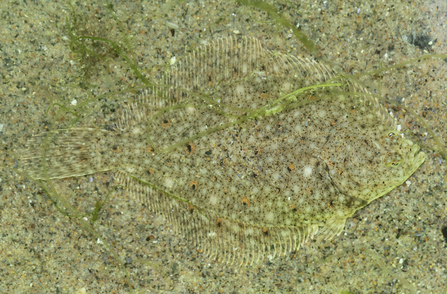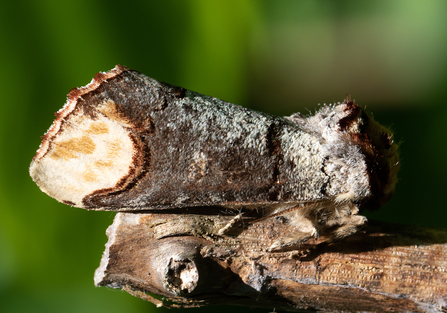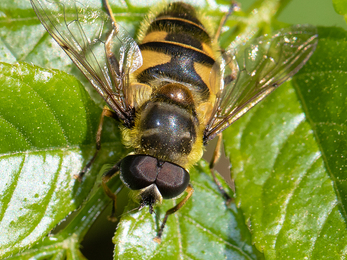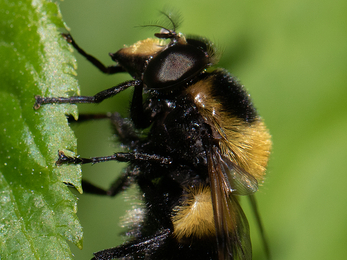It’s a dangerous place out there in the wild, so our wildlife has had to develop many fantastic adaptations to survive.
Some animals use great speed, others the cover of darkness. Some find safety in numbers whilst others find retreating into refuges is the way to increase their chances of survival. However, not all animals can be quick and there is always likely to be a predator that is quicker; and if they want to complete their life-cycles and find food then they need to get out there into the wide world.
If you can do this but remain undetected then you will be successful and this is why camouflage has evolved so many times. Given the pressure of natural selection this has been fine-tuned over many, many generations to produce incredible adaptations. It should also be remembered that camouflage is not only for an animal’s protection, it can also be of great importance to predators, allowing them to get close to their prey without being detected.
When we think of camouflage it is likely we think of something being the same colour as its surroundings but there is a bit more to it than that. Camouflage can actually be divided into four different types:
- Concealing colouration – where an animal hides itself against a background of the same colour.
- Disruptive colouration – where an animal has patterns, typically stripes or spots, that break up their outline so it is less noticeable against the background.
- Disguise – blending in with the background or surroundings by looking like another object.
- Mimicry – being in full view but pretending to be something that is less vulnerable to predation i.e. something bad tasting or dangerous.
Here in Wales, there are many great examples of camouflage. We will look at some of the more impressive ones and ones you could go out and find for yourselves, although spotting them will obviously not be that straightforward!





